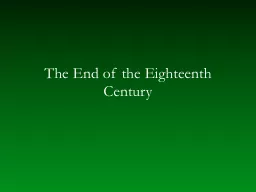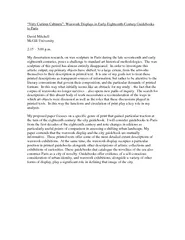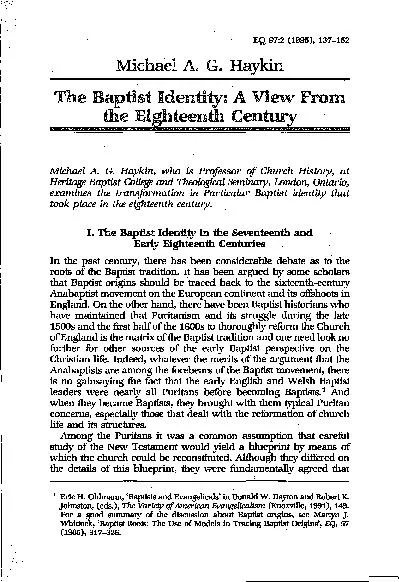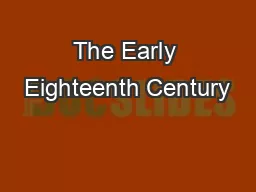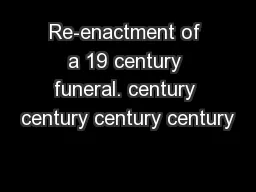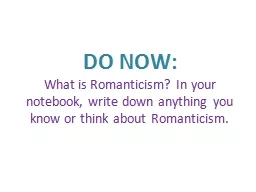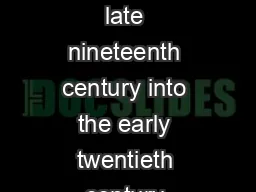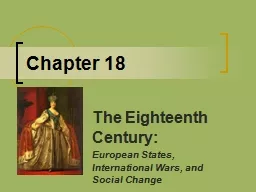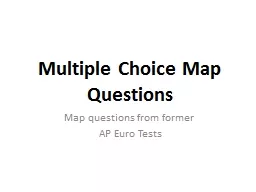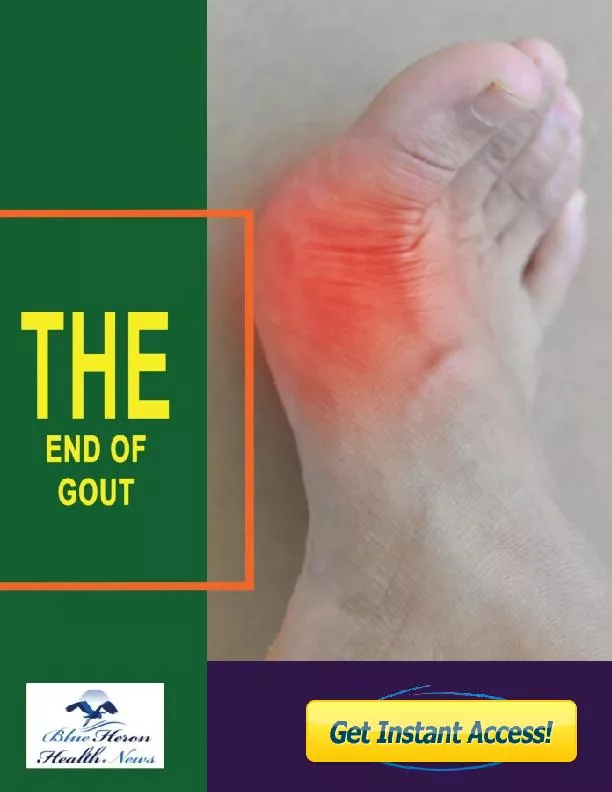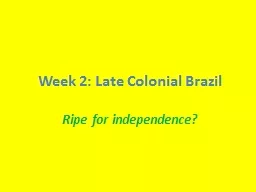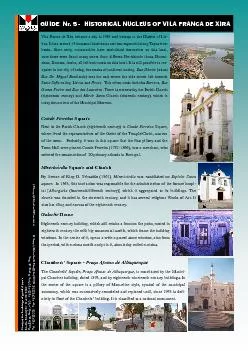PPT-The End of the Eighteenth Century
Author : trish-goza | Published Date : 2015-11-30
Haydn and Mozart in the 1780s and 1790s Musical friendship and mutual admiration Haydn Serving Nicholas Esterhazy to 1790 Increasing fame and freedom to publish
Presentation Embed Code
Download Presentation
Download Presentation The PPT/PDF document "The End of the Eighteenth Century" is the property of its rightful owner. Permission is granted to download and print the materials on this website for personal, non-commercial use only, and to display it on your personal computer provided you do not modify the materials and that you retain all copyright notices contained in the materials. By downloading content from our website, you accept the terms of this agreement.
The End of the Eighteenth Century: Transcript
Download Rules Of Document
"The End of the Eighteenth Century"The content belongs to its owner. You may download and print it for personal use, without modification, and keep all copyright notices. By downloading, you agree to these terms.
Related Documents

